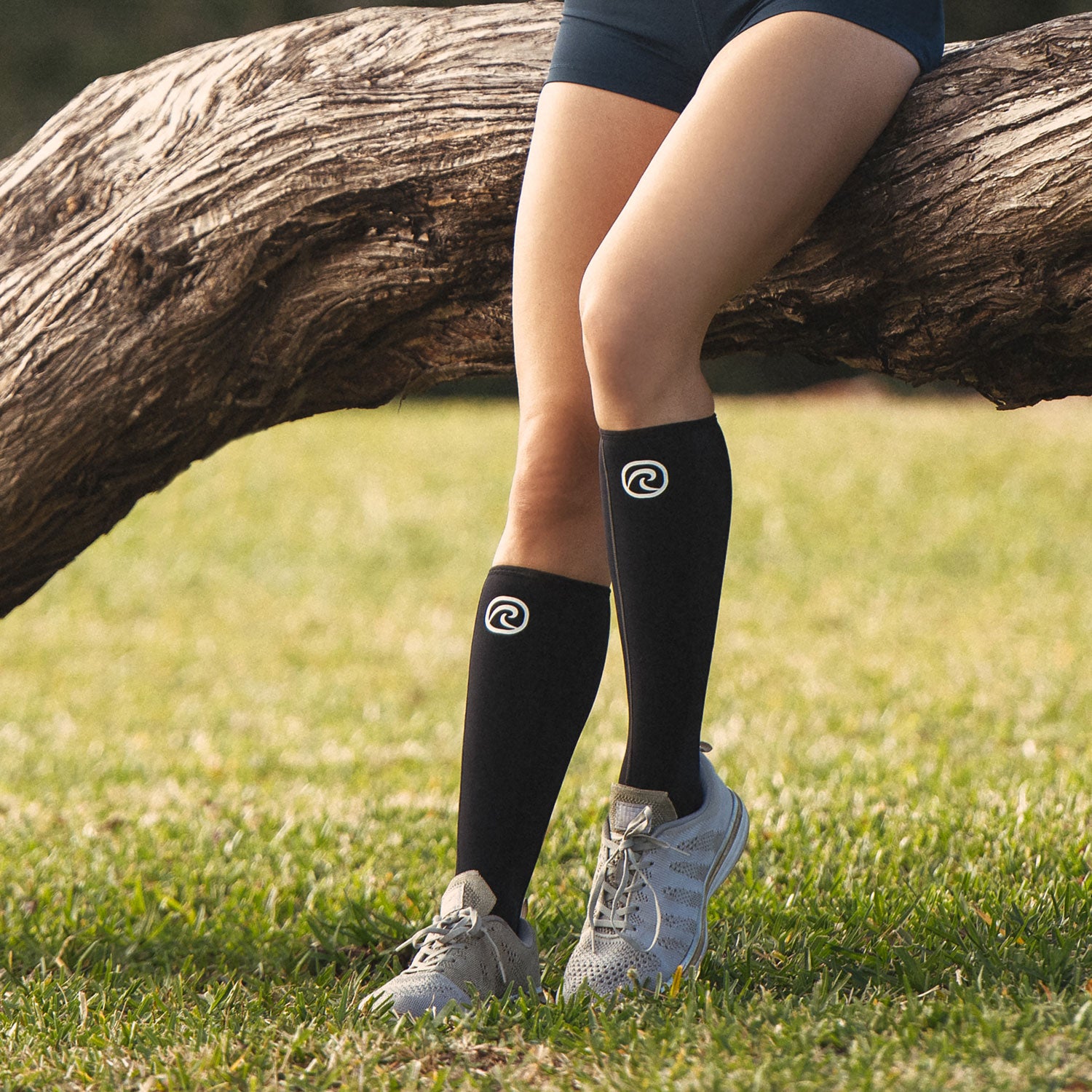Comprendre la périostite
La périostite est une affection inflammatoire qui touche le périoste, une couche dense de tissu conjonctif vasculaire qui enveloppe les os, en particulier dans la partie inférieure de la jambe. Cette lésion se manifeste généralement par une douleur le long de la face interne de la jambe, en particulier pendant ou après des activités impliquant des mouvements à fort impact, telles que la course, le saut et divers sports. Les athlètes pratiquant la course de fond, les sports de balle et la gymnastique sont particulièrement exposés à cette affection.
La douleur associée à la périostite est généralement localisée et peut s'aggraver avec l'activité. Au fur et à mesure que l'inflammation progresse, la gêne peut devenir chronique et avoir un impact sur les performances et la mobilité générale. Cette blessure est souvent due à un stress répétitif sur le tibia, qui peut entraîner des microdéchirures et une inflammation subséquente du périoste. Les facteurs contribuant au développement de la périostite comprennent des chaussures inadaptées, des routines d'échauffement inadéquates et des augmentations soudaines de l'intensité ou du volume de l'entraînement.
Pourquoi la périostite ?
Les problèmes biomécaniques, tels que les pieds plats ou la surpronation, peuvent également exacerber le risque de développer une périostite, car ils modifient la répartition des forces sur les jambes pendant l'activité physique. En outre, un temps de récupération insuffisant entre les séances d'entraînement peut entraîner des blessures de surutilisation telles que la périostite. Les symptômes comprennent généralement une sensibilité, un gonflement et une douleur localisée qui peut irradier dans les zones voisines, ce qui rend difficile pour les athlètes de maintenir leur régime d'entraînement.
Le traitement de la périostite commence généralement par des approches conservatrices, telles que le repos, l'application de glace et la prise d'anti-inflammatoires pour soulager la douleur et réduire le gonflement. Une thérapie physique peut être recommandée pour résoudre les problèmes biomécaniques et renforcer les muscles environnants, ce qui permet de mieux soutenir la zone touchée. La reprise progressive de l'activité est cruciale et implique souvent des plans d'entraînement modifiés qui permettent à l'organisme de s'adapter sans aggravation supplémentaire. Dans les cas persistants, des interventions médicales telles que des injections de corticostéroïdes ou, dans de rares cas, des options chirurgicales peuvent être envisagées.












